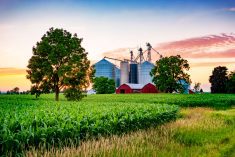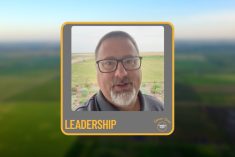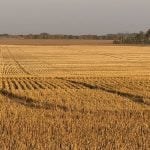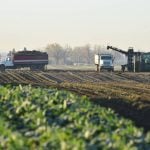By borrowing airline technology, tomorrow s farm equipment will get much, much smaller than you re planning for. And a lot smarter too
The airplane industry is already doing it. When those jets soar high over your farm, there s almost never a human actually flying them. Nor is there an air traffic controller actually monitoring them. Instead the major operations including altitude, air speed and overall course are all the product of two powerful computers working in synchronicity through a satellite data link.
The air traffic control system tracks all the planes in the sky in a given region, and individually wires them instructions and adjustments. Those orders are implemented by the airliners flight computers what we colloquially refer to as the automatic pilot and are rarely executed by a human pilot.
Read Also
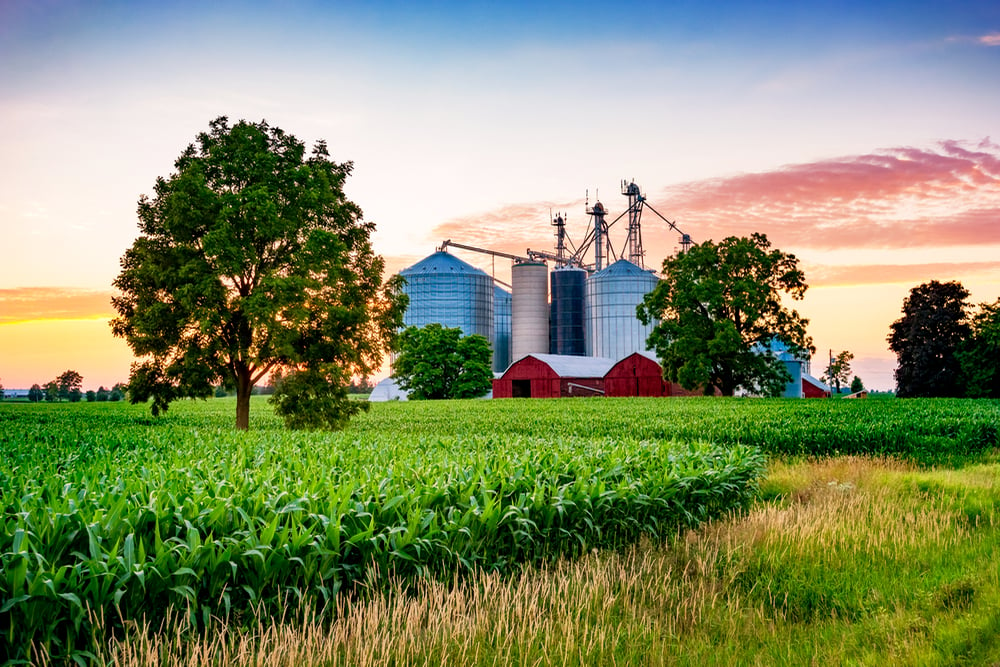
The wildly adaptable side of next gen agriculture
Some people just fall into the world of agriculture — and consider themselves lucky to have stumbled into such a…
Many major airports also now have what s known as an active runway system in place, which means the entire approach and landing is automated too, with the flight computer only disengaging at the end of the runway when the engines are idling. That means in many cases the job of the pilot is largely finished once the plane is in the air and the wheels are up.
If you get an air traffic controller to describe how the system works to you as CouNtry Guide did recently chances are they ll tell you that the sophisticated computers and robotics can almost always pull off a smoother flight and landing than a human pilot.
It s a lot like the way that auto-steer technology can drive straighter across your field than you can, and can apply fertilizers or herbicides much, much more accurately.
It s not that the pilots and air traffic controllers aren t necessary. Just ask the passengers on U. S. Airways 1549 if they were happy last January that Sully Sullenberger was in the cockpit when they needed to ditch in New York s Hudson River. When something major goes wrong, you ll always need skilled professionals nearby.
But in its day-to-day operations, the aviation industry is pushing around airliners that are essentially networked flying robots. They re more efficient than if they were flown by humans, there s less likelihood of human error creeping into the equations, and they don t suffer from fatigue like people do.
All in all, it s an impressive case study, and it has promptly caused one researcher to look up at the skies and wonder: if the technology is already out there, why isn t agriculture latching onto it?
Guy Lafond, a research scientist with Agriculture and Agri-Food Canada who s based in Indian Head,



